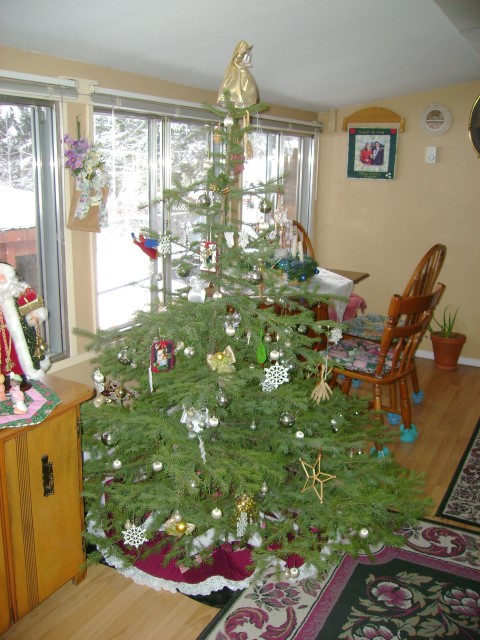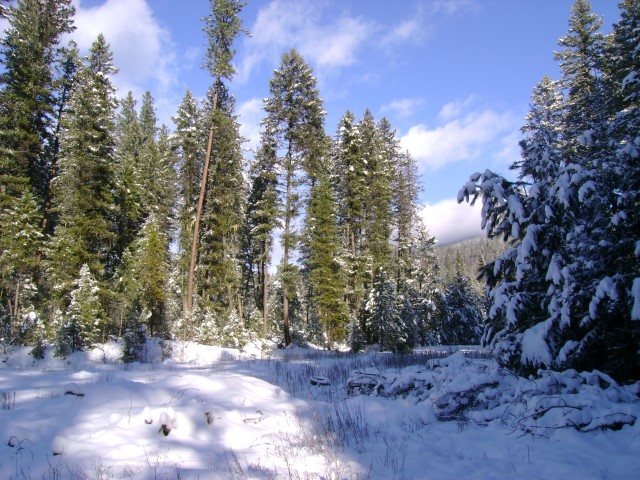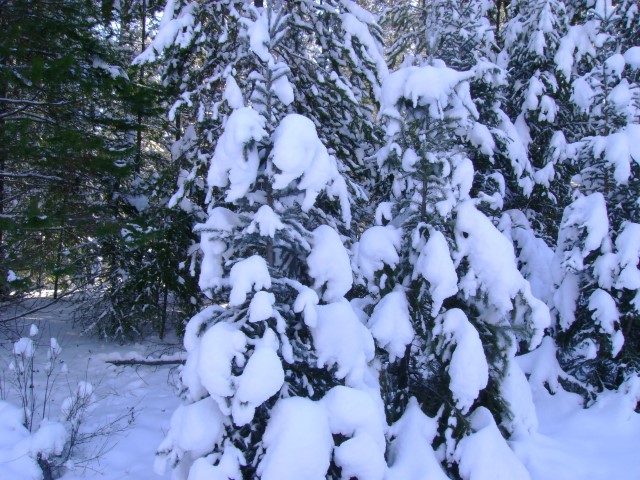
Ukrainian Christmas and Winter Solstice
Our Vimeo Channel: The Goldseekers
Ukrainian Christmas customs are unique and symbolic.
Ukrainian Christmas customs are based on those of the pagan culture and religion, which have survived to this day. The Christmas holiday is the most important holiday for the Ukrainian people. Christianity was introduced into the Ukraine in 988 A.D. The pagan religion and traditions were too deeply rooted in the people to allow the Christian Church
too simply eradicate them completely, so the Church accepted most of the ancient customs and holidays. Holidays like Winter Solstice, Feasts of Fertility, The Yule and many others became part of the Christian Christmas Holidays.
Ukrainian Christmas festivities begin on Christmas Eve (Gregorian calendar December 24; Julian calendar January 6 ) and end on the Feast of Epiphany. My parents and grandparents celebrated both and many Ukrainians that we know celebrate both days. The family gathers for supper with the appearance of the first star (Star of Bethlehem). The head of the house places a didukh (grandfather spirit) which is a sheaf of wheat (or other grains) under the icons in the house.
The table is covered with two tablecloths, one for the living members and one for the ancestors of the family. In pagan times if you treated your ancestors with respect your life would be more prosperous. Some hay is spread under the table and under the tablecloth to remind us that Christ was born in a manger. An extra place setting is placed on the table for the deceased family members, whose souls come to partake in the food, some also say the extra setting is for the traveler who has no place to go and is always welcome. The kolach (Christmas bread ) is placed in the center of the table with a candle. The bread is round (representing eternal life) braided into a ring with three rings which represent the Holy Trinity (Father, Son, and Holy Spirit). There are twelve meatless dishes in the supper, one dish for each of Christ's Apostles and meatless because there is a period of fasting until Christmas day. According to the ancient pagan belief the twelve dishes represent the twelve full moons of the year and meatless was a form of bloodless sacrifice to the gods.
The father offers a piece of kolach for every member and they dip it in honey and eat it. He then leads the family in a prayer. After the prayer the father extends his best wishes with the greeting Khrystos Razhdaietsia (Christ is born) and the reply is Saviet Yaho (let us glorify him) Then the family sits down for the meal.
The first and main dish in the Sviata Vecheria (Holy Supper) is the kutia (wheat, poppy seed, honey, nuts) known as God's Food. The eldest of the family throws a spoonful of the kutia to the ceiling. The more kernels that stick to the ceiling, the greater the good luck in the new year (we skip this one). Then comes the borshch (beet soup) which is eaten with the kolach (which has been blessed in church). Then comes the rest, two kinds of fish, salmon, whitefish. or pickled herring (the silver color of the fish is a sign of good luck), perowhe (pyrohy), (stuffed with sauerkraut, mushrooms, prunes, potatoes, etc), kalocheni fasulie (mashed baked beans), pidpenky (fried mushrooms with onions, garlic) or beets with mushrooms, holubtsi (cabbage rolls with rice, onions and garlic) , sauerkraut and peas, Pompushky (deep fried dough with poppy seed, honey, lemon) and ending with uzvar (stewed fruit). The uzvar is made up of twelve kinds of fruit mixed together.
In the afternoon of Christmas Day, into the night and through the following days, groups of carolers visit homes, singing ancient and modern carols, bringing traditional Yuletide greetings. Some of these traditions vary somewhat depending on the region.
Twelve meatless dishes
The Awesome duo
The Winter Solstice ( also known as Yule) marks the shortest daylight hours of the year. The Solstice has bee celebrated as a pagan holiday for thousands of years. Many Christmas traditions that are celebrated today with the Christian Holiday are actually "borrowed" from the pagans. By this we mean firstly condemned and then eventually repurposed. Most of the people of the pagan belief did not want to give up their traditions in order to join the Christian Church.
Christmas Tree or Yule Tree
Evergreen trees were a symbol of continual life during the solstice. The Yule Tree was decorated with trinkets that symbolized wishes for the New Year like coins, corn, and candles which meant to bring wealth, sunlight and a good harvest in the New Year.
The Yule Tree has been a pagan tradition for thousands of years before it became known as the Christmas Tree (somewhere in the 1840's). The decorated tree was frowned upon from every Christian denomination until Queen Victoria wanted to have one for herself, so then, of course, everyone had to adjust and that's how the Christmas Tree came about.
Mistletoe and Holly
Mistletoe, holly and every evergreen plant was a solstice tradition first. These evergreen plants and flowers were brought indoors to decorate homes during every holiday of the year and holly and mistletoe were the ones most associated with Winter Solstice. Mistletoe was used by the ancient Celtics as a symbol of fertility, sexuality and abundance.
Yule logs
Yule logs were named after the Yule celebration of the Solstice. The Wiccans welcomed the new year with light which included burning candles and yule logs.
Food and drink
Food and drink is another tradition which was borrowed from the pagan holiday. Even though food was scarce people would feast during the solstice, hoping for abundance of food in the new year. Elaborate Yuletide activities were common during the Middle Ages. The wealthy would compete with one another to see who could be more charitable, which meant that the poor ate well and received gifts. Homemade wassail ( a spiced apple cider) was passed out so everyone had a good time.
Gift giving
Gift giving symbolized their love and warship of nature. which included oranges, apples, and cloves.
Most of today's Christmas celebration are ancient. People have been celebrating these traditions since the Roman times. Pagans were the original practitioners of the Winter Solstice holiday which were later adopted by Christians to become the birth of the son of God instead of the birth of the new Sun. No matter which way you look at it, it is the start of a new year, more light and what we have to be thankful for.
Winter Solstice
Our real Christmas Tree
Watch a video on Christmas at our home


Our U Tube Channel: TheGoldseekers





